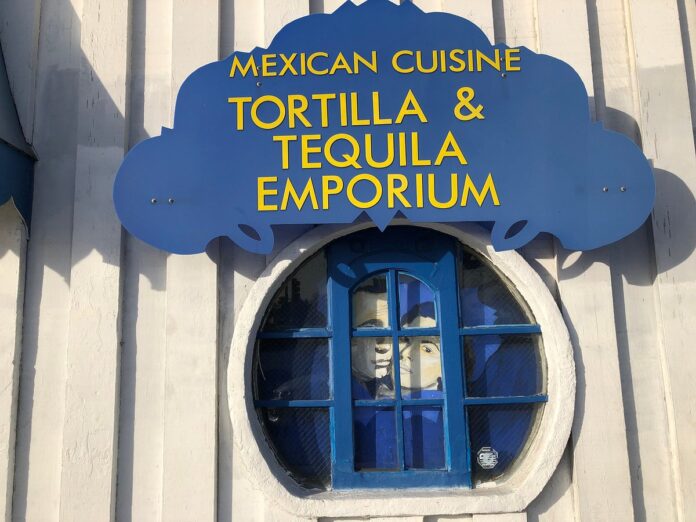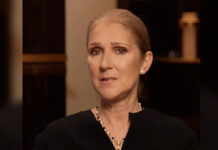+«OF ALL THE GIN JOINTS…» MAY HAVE BEGUN AS AN ESSAY ON «CASABLANCA RESTAURANT» THE MOST PECULIAR CONCEPT IN WEST LOS ANGELES, BUT THE FORTY YEAR OLD ESTABLISHMENT HAD AS MANY GOOD STORIES AS THE MOVIE CLASSIC IT PURPORTED TO CELEBRATE
By Martin Lazzarini
The voice of David Kornfield- we saved ourselves the trouble of looking good for an interview -so resembles a mature Seth Rogen- with his hundred-words-a-minute, rat-tat-tat delivery -one refrains itself to make any comparison, given that, in this case it’s justified.
The filmmaker has lots to talk about when it comes to his documentary, «Of All the Gin Joints,» the movie about three generations of the Haro family- all three named Carlos -and their insignia restaurant, a shrine to the 1942 Warners Brothers classic that is, in itself, the insignia of the studio, and perhaps of Hollywood itself.
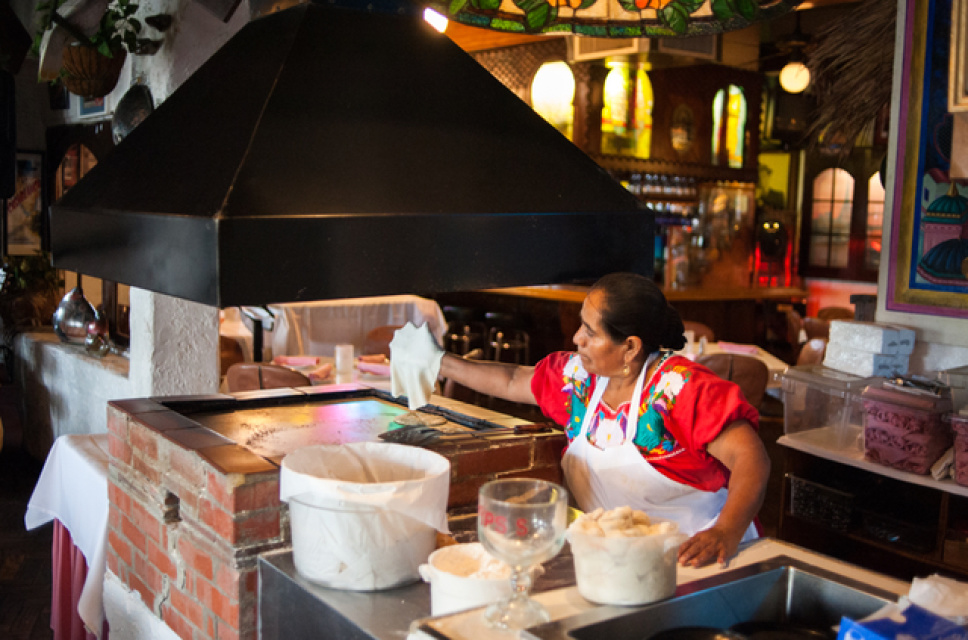
The opportunity for the interview with Kornfield came in the heels of Carlos Haro Sr’s recognition Distinguished Mexican by the Mexican Consulate of Los Angeles, where the documentary was mentioned and featured. The Haro family is well known for their restaurant in the corner of Lincoln and Rose and «Of All The Gin Joints» will be screened at the Venice Heritage Museum during the summer of 2024.
THREE CARLOS AND A DAVID
This documentary on three generations of restauranteurs is as rich as the plot of the Humphrey Bogart classic the restaurant reveres. It all began innocently enough, with a visit by a then out-of-towner into the classic dining spot.
«I must have been my third visit to Los Angeles,» says Kornfield, a freelance commercial producer/director who began by doing content for CBS Sports and later worked for YouTube out of L.A.
«My main producer Garrett (Fennelly, «Are We There Yet?,» «The Wolf Hour») was friendly with the owners at «Casablanca» and took me there for dinner.»
A native Pennsylvanian turned New Yorker, David had done a few projects on different types of cuisines and restaurants so he could appreciate what he saw- a dining place that housed three decades of rare movie memorabilia, but also what he tasted.
«It wasn’t just the Tequila bar and the hand-made tortillas, or the flat breaded Calamari, hammered Milanese style that only later we learned was their invention. The moment we walked out of there I knew there was a movie to be made. The place is so much more than excellent food, reasonably priced. It was the full experience what counted.»
«Casablanca» may have deserved a movie, but David was too busy to pursue this… until the pandemic hit.
«We had nothing to do so I spoke with our group about making a short about the restaurant.»
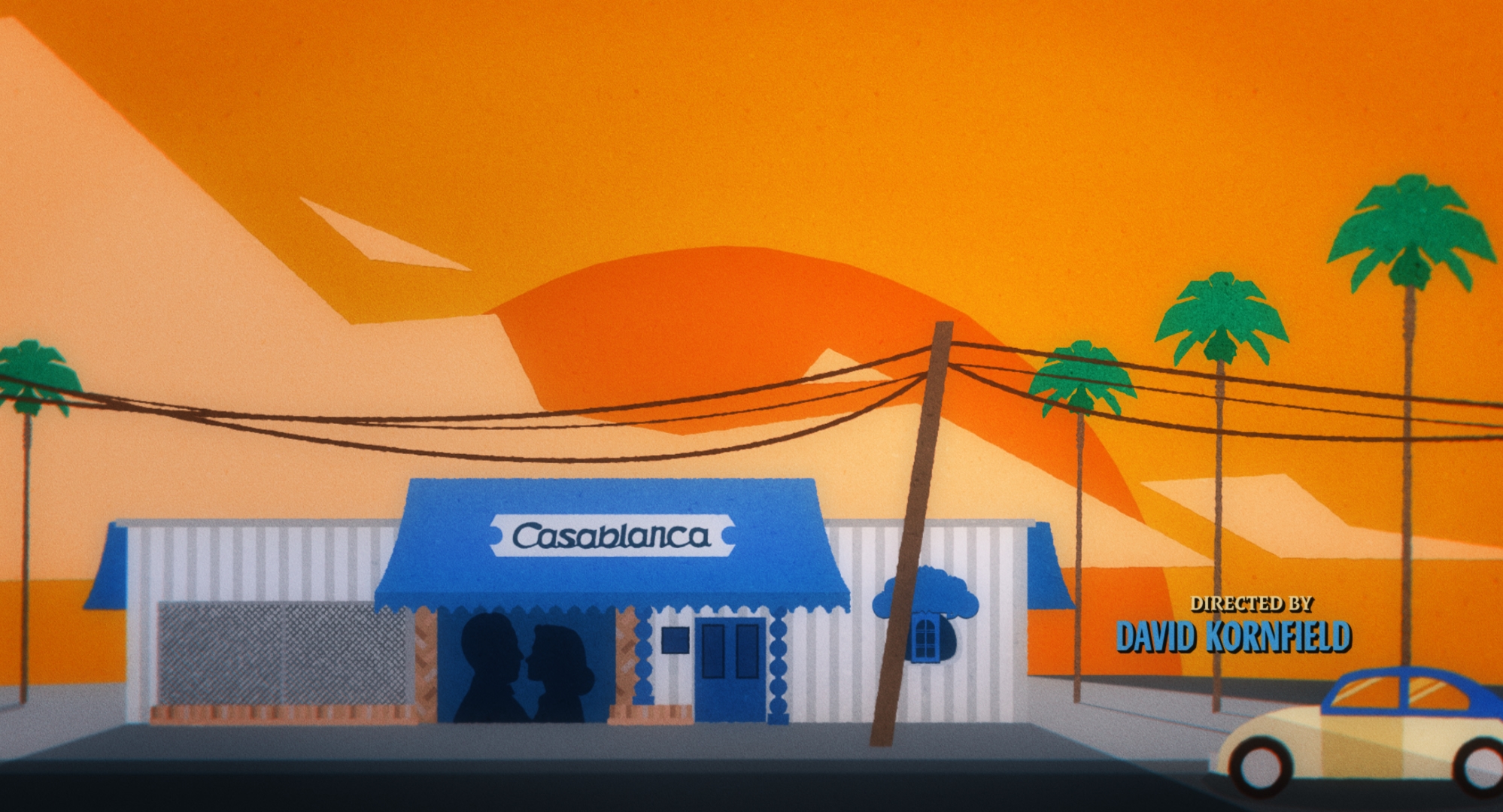
CATERING TO THE CATERERS
The plan was to hire Casablanca to cater a party and make the approach then.
«Carlitos (Carlos Haro Jr, the son of the owner/manager/chef of Casablanca, Carlos Haro Sr) was into the idea right away,» and so they visited the establishment with a small crew- the restaurant was only working for take-out at the time -and spent a month shooting interviews with twenty family members, at a distance, all masked up, to talk about the restaurant and how it came to be.
«When we pulled up the transcripts and cut a radio assembly for sound bites it’s when we realized we had enough material for a feature film.»
This took a while, however. For the production to re-start it would be a different deal. The world was coming back online, as the film industry learned to cope with Covid. The initial editor became busy and had to leave the project. The production needed financing if they were to bring the family members of the patriarch’s last marriage, who were scattered in the Bay Area.
«By that time we wanted «Casablanca» to reopen and film it with customers.»
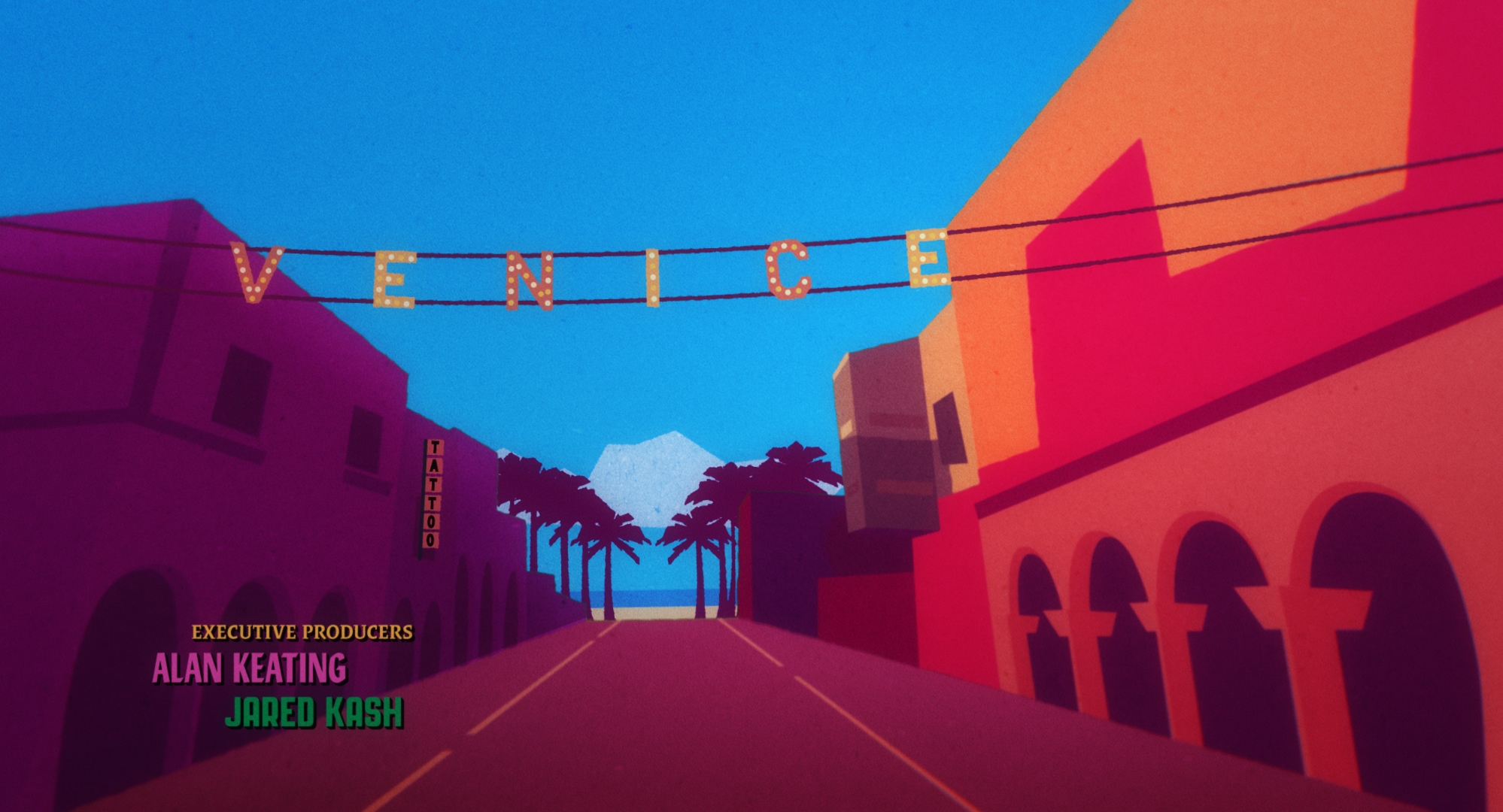
TOO GOOD TO BE TRUE
The additional problem was that the story of the Haro patriarch has so much flair that it felt like a movie all by itself, but they had little elements to tell it with. That part of the family lore involved «La Cabaña», Carlos Haro’s original eatery across the street from «Casablanca»- which the patriarch also originated.
The Haro family origins is the definition of the American Dream but the background was a very different Venice, riddled with gangs, giving the area a new type of notoriety that was all over police dramas in the eighties. In the real world, «La Cabaña» was a prominent side character in some of these police stories.
Fortunately, cinematographer Adam Coleman’s («Songs That Shook,» «Gamers8») connections with Glassworks VFX assured them to animate those early days using family pictures, and much like Casablanca itself «at great quality, reasonably priced.»
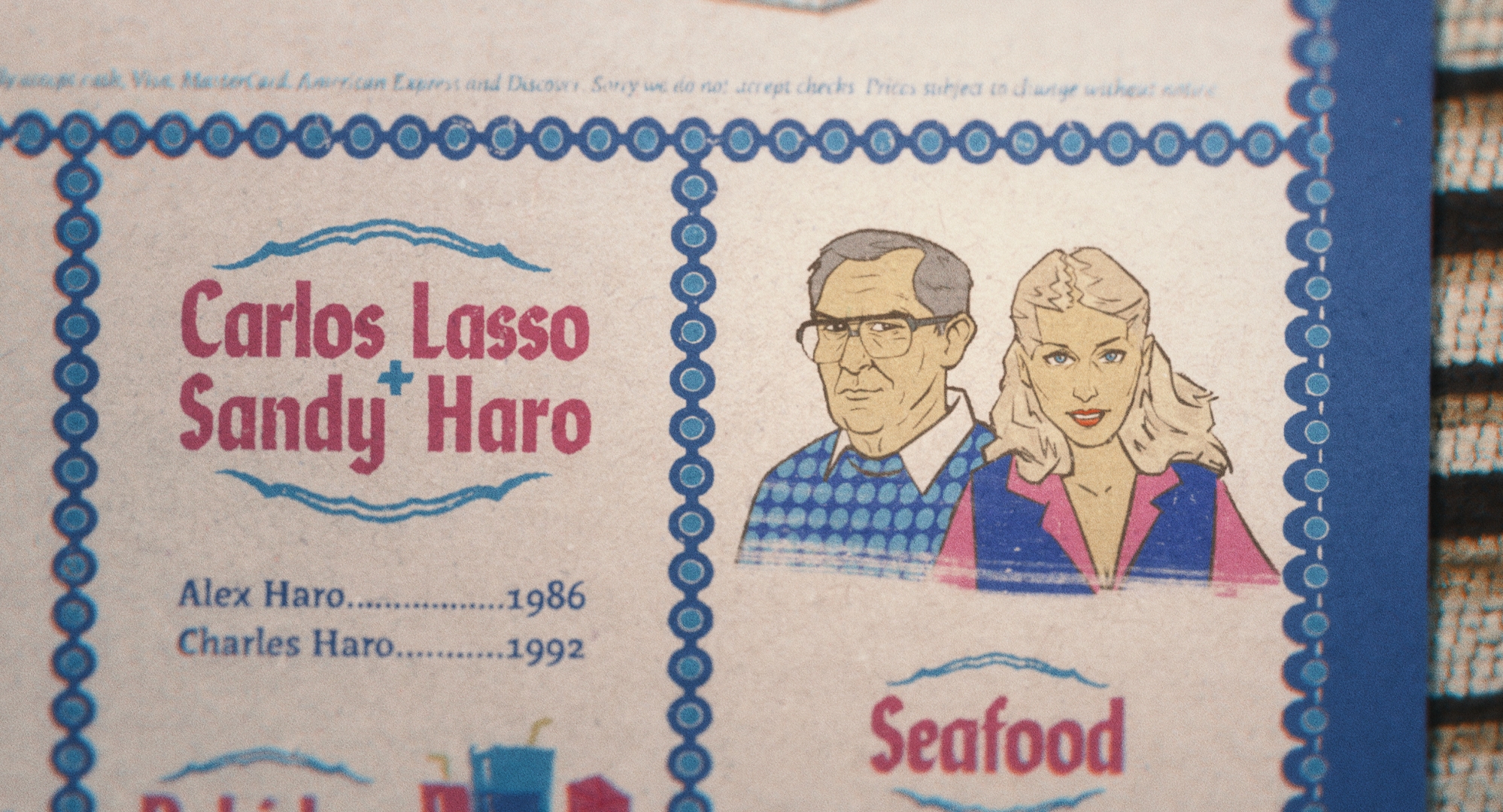
A MOVIE THAT LOOKED LIKE A MOVIE
The use of Alexa cameras and vintage lenses already gave the story of the «three Carlos» the look of a professional film. The animation more than matched the quality of the footage, completed in time for an early sneak screening in 2023.
«We wanted a movie that looked like a movie. The moment we talked to the family in charge of the restaurant across the street we knew we had so much more. We had the rags-to-riches story, then the rise-and-fall, with love affairs, family drama, two fish-out-of-water stories, that we could not but give it our best and make it as memorable as this family has become.»
With some luck- after various screenings (the documentary is due for a summer showing at the Venice Heritage Museum) the movie about the restaurant about a movie will also be a classic.
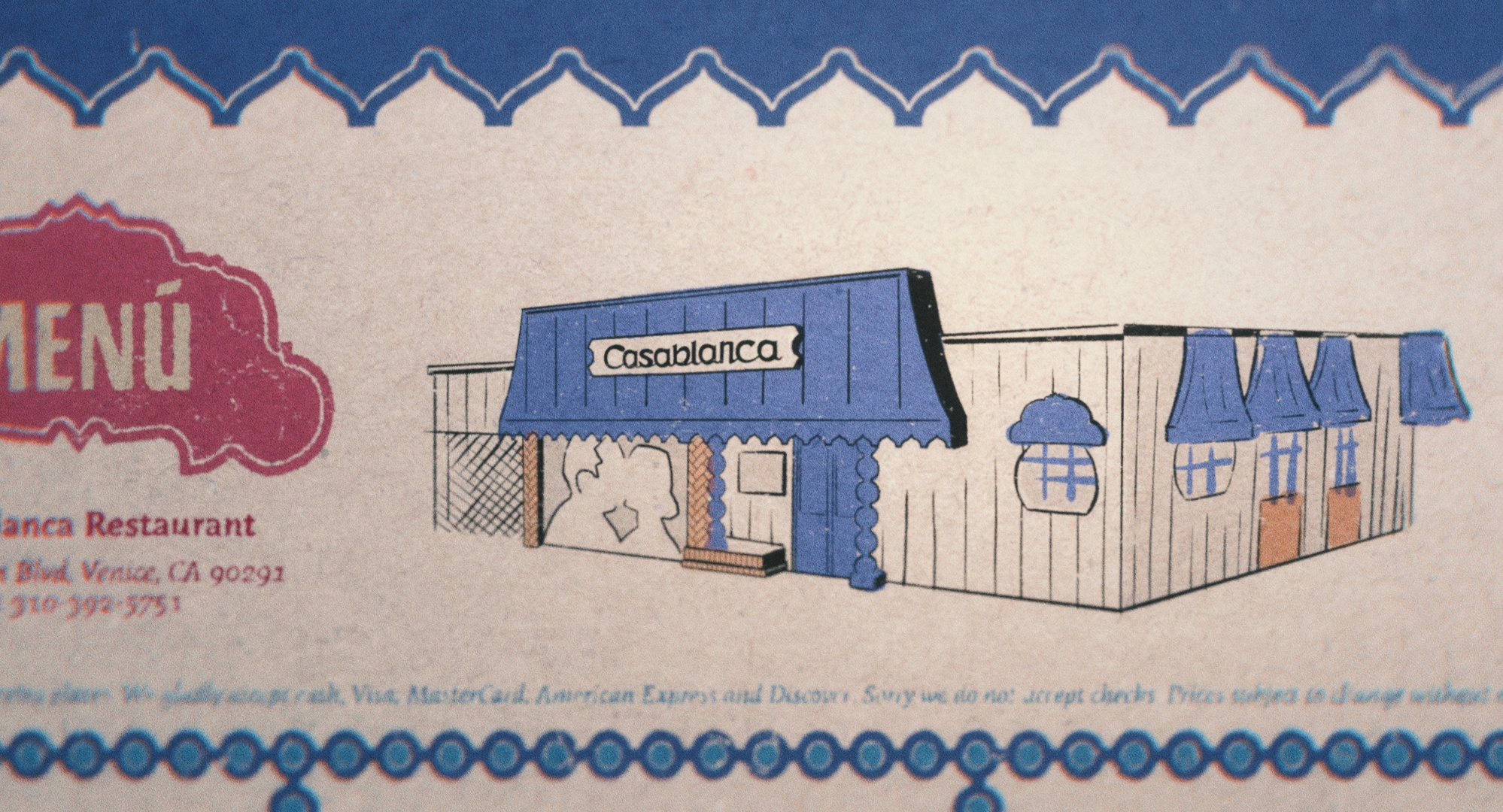
SPANISH VERSION
LA PELÍCULA DEL LUGAR DEL HOMENAJE A ESA PELÍCULA
«OF ALL THE GIN JOINTS…» HABRÁ EMPEZADO COMO UN BOSQUEJO FÍLMICO DEL RESTAURANTE CASABLANCA, LA IDEA COMERCIAL MÁS DIVERTIDA DEL OESTE DE LOS ÁNGELES, PERO EL LOCAL DE MÁS DE CUATRO DÉCADAS GUARDABA CASI TANTAS HISTORIAS COMO EL CLÁSICO DEL CINE QUE CELEBRABA
La voz de David Kornfield – decidimos ahorrarnos el inconveniente de lucir bien para la entrevista – se parece tanto a la de un Seth Rogen adulto que su estilo de metralla, de cien palabras por minuto que uno solamente se detiene porque, en este caso, está justificado.
El cineasta tiene demasiado para hablar sobre este documental «Of All The Gin Joints», la película sobre tres generaciones de la familia Haro, los tres llamados Carlos, y su restaurante insignia, casi un altar del clásico de 1942 de los estudios Warner Brothers, en sí mismo un clásico de Hollywood.
La oportunidad para la entrevista con Kornfield vino a propósito del reconocimiento de Carlos Haro Sr. como «mexicano destacado» por el consulado mexicano en Los Ángeles, en donde se mencionó el documental. La familia Haro es bien conocida en la comunidad por su restaurante icónico en la esquina a Lincoln y Rose, y «Of All The Gin Joints» será proyectado en el Venice Heritage Museum durante el verano del 2024.
TRES CARLOS Y UN DAVID
El documental sobre las tres generaciones de empresarios culinarios es tan compleja como la trama del clásico de Humphrey Bogart que el restaurante le rinde homenaje.
Todo comenzó inocentemente, en la visita de este forastero al clásico local de Venice.
«Debió ser durante mi tercera visita a Los Ángeles», aproxima Kornfrield, un productor y director freelance que comenzó armando contenidos para CBS Sports y luego para YouTube en Los Ángeles.
«Mi productor Garrett (Fennelly, «Are We There Yet?,» «The Wolf Hour») tenía amistad con los dueños de Casablanca y me llevó allí a cenar».
David, un nativo de Pennsylvania vuelto entonces neoyorquino, había realizado varios proyectos sobre distintos tipos de cocinas y restaurantes típicos, de modo que supo apreciar lo que vio, un lugar para comer de tres décadas de souvenirs inusuales acumulados de la película, pero además lo que probó.
«No era nada más el bar de tequilas y las tortillas a mano, o el Calamari aplastado como milanesa, que después me enteré que era creación de ellos. El momento que salimos de ahí supe que esto podría ser una película. Este lugar era mucho más que su comida excelente y a precio razonable. Era toda una experiencia».
El restaurante Casablanca tal vez merecía una película pero David estaba muy ocupado para concretar esta idea debido a sus múltiples trabajos fílmicos… hasta que llegó la pandemia».
«No teníamos nada que hacer así que hablé con nuestro grupo de hacer este cortometraje sobre el restaurante.»
SERVIDOR DE LOS SERVIDORES
El plan inicial fue contratar a Casablanca para servir la comida de una fiesta y allí proponerles la idea.
«Carlitos (Carlos Haro Jr), hijo del dueño/administrador/chef original de Casablanca, Carlos Haro Sr) estuvo a bordo con la idea de inmediato» y fue así que pudieron visitar el establecimiento con un pequeño equipo fílmico – el restaurante solamente estaba abierto para comidas para llevar en ese momento. Entrevistaron a veinte familiares en un mes, tomando distancia, con máscaras, para platicar sobre el restaurante y como empezó».
«Cuando pude ver las transcripciones y el corte de frases para los bocados de un trailer me di cuenta que teníamos suficiente material para un largometraje».
Esto otro tomó un poco más de tiempo. Que la producción volviese a arrancar sería una proposición distinta. El mundo estaba volviendo a la normalidad y la industria del cine aprendía a lidiar con el Covid. El primer editor del proyecto estaba
ocupado y no pudo regresar al proyecto. La producción necesitaba financiamiento para traer a los familiares de la última pareja del patriarca fallecido, que estaban repartidos por la Bahía de San Francisco. «A esa altura ya queríamos filmar al restaurante Casablanca abierto para recibir comensales».
DEMASIADO BUENO PARA SER CIERTO
Un problema adicional era el mencionado del patriarca de los Haro, cuya historia era tan excepcional que era casi una película por separado, pero no tenían demasiados elementos para contarla. Esta historia involucraba también a «La Cabaña», el primer local del patriarca Carlos Haro, enfrente del Casablanca, que también ideó.
Los origenes de la familia Haro son la definición del «sueño americano» pero el trasfondo era una Venice muy diferente a la actual, entonces convulsionada por las pandillas, dándole a la zona una notoriedad que luego se reflejaría en los dramas policiales de ficción de los ochenta. En el mundo real, «La Cabaña» era un lugar prominente en algunas de estas historias policiales.
Afortunadamente, el cinefotógrafo Adam Coleman («Songs That Shook», «Gamers8») aprovechó sus conexiones con Glassworks VFX para asegurarse animar esos orígenes usando fotos familiares, al igual que Casablanca, «de buena calidad a precios razonables».
UNA PELÍCULA QUE LUZCA COMO PELÍCULA
El uso de cámaras Alexa y de lentes antiguos ya le había dado al documental de los tres Carlos el aspecto de un filme profesional. La animación fue más que adecuada para entonar con la calidad del material filmado, completado a tiempo para una proyección en el 2023.
«Queríamos una película que luzca como una película. En el momento que hablamos con la familia que estaba a cargo del otro restaurante enfrente sabíamos que tendríamos mucho más para contar. Teníamos la historia de pobre a rico, la de un ascenso y una caída, la de amoríos, la del drama familiar, con dos historias de sapos de otro pozo, de modo que no podíamos sino dar lo mejor de nosotros y hacer de este proyecto algo tan memorable como la historia familiar».
Con algo de suerte, luego de varias proyecciones (el documental será proyectado nuevamente en el Venice Heritage Museum este verano) esta película sobre el restaurante sobre una pelicula podría también convertirse en otro clásico.


